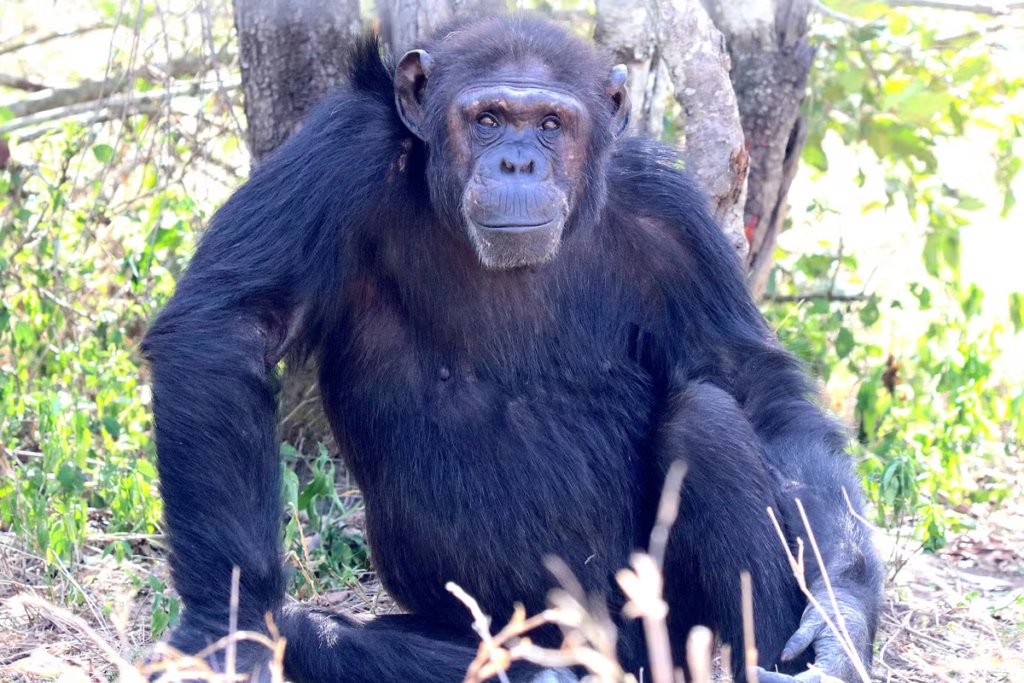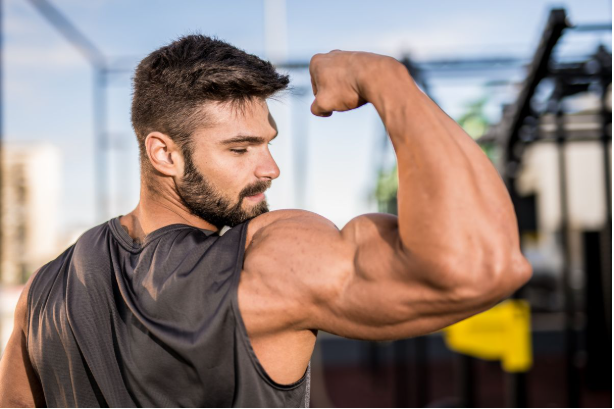If you’ve seen the trailer for The Northman – Robert Eggers’ period revenge drama with an all-star cast that will be sure to please everyone, regardless of whether you have an interest in Viking tales or not – you’ve likely found yourself staring at the insanely jacked physique of one Alexander Skarsgard, an actor who seems to simply exist in a state of “the best shape of my life”. Skarsgard has come to be known for his imposing stature and impressive physique, almost as much as he’s known for his acting chops and dramatic sensibility. But when it comes to The Northman, Skarsgard has defied all expectation, presenting the kind of body that seems almost impossible to achieve without the aid of CGI or some kind of special effects.
It makes the transformation an impressive one, particularly when you consider the fact the actor’s now 45-years-old. But when it really comes down to it, Skarsgard has one man to thank: trainer Magnus Lygdbäck, who had previously worked with the star on The Legend of Tarzan. Speaking about his long-running relationship with Skarsgard to GQ UK, the trainer explained: “Working with Alex is just – you know what you’re getting. You get someone who’s talented, hard working, and has the genetics. I mean, we saw that on Tarzan as well. He responds to training and nutrition in the best way possible. So I knew that we could do something great. We wanted a thicker, bigger, more intimidating look, this time around. He’s a wolf bear.”
To get in such incredible shape, Lygdbäck worked with Skarsgard five-days-a-week and was there with the actor on set, ensuring he was getting his workouts in even during filming. “We were in the gym five days a week [while filming]. Never more than an hour. Once you get close to where you want, you can even cut them down to four or five minutes. There were days where, you know, we showed up to the gym and we just walked out. I could tell when he didn’t have it in him when he needed a day off,” says Lygdbäck.
As far as training goes, Lygdbäck reveals that while Skarsgard isn’t a gym rat, he does love to run and has even worked his cardiovascular fitness up to doing a 10km. For Lygdbäck, it presented the perfect opportunity and fitness base to work off, while also speaking volumes of the mental toughness of Skarsgard that he’s able to push past his limits and sustain that intensity of exercise over 10 kilometres. “I always start with cardio before every session, but we didn’t do more than five to ten minutes before every session,” explains Lygdbäck. “Normally, I like to do high intensity interval training with all my clients, before all my projects. We didn’t do that so much this time, because I wanted him to grow as much as possible in size. So five to ten minutes of, you know, running, rowing or doing sprints on the treadmill.”
A key area of focus were the shoulders and prepping them to not only ensure Skarsgard looked the part as an axe-swinging viking, but also didn’t injure himself. It meant a lot of focus on the traps and exercises involving the muscles of the back and core. Other favourites included banded work for hips and shoulders to build stability, flexibility and mobility. Skarsgard also did free weights, using heavy lifts for exercises like deadlifts and squats, the bench press and isolated exercises with different strength modalities.
Diet was equally (if not more) important as the training, but Lygdbäck reveals that Skarsgard didn’t restrict himself completely, but rather kept his cheat meals. As Lygdbäck explains, “if you eat five times per day, you need to make sure that 17 out of 20 meals are on point. Three out of twenty you can kind of enjoy life, eat whatever you want no food restrictions. So five meals per day, that means four day cycles, twenty meals in four days. In those four days, you can enjoy lie three times.”
It might sound pretty relaxed for an actor that’s being tasked with getting in the best shape possible, but make no mistake, those other 17 meals were extremely dialled in for Skarsgard. Protein included lean beef, chicken or fish, but Lygdbäck suggests that fish was preferred. Vegetables and slow carbs were also staples in the diet, including brown rice and potatoes.















